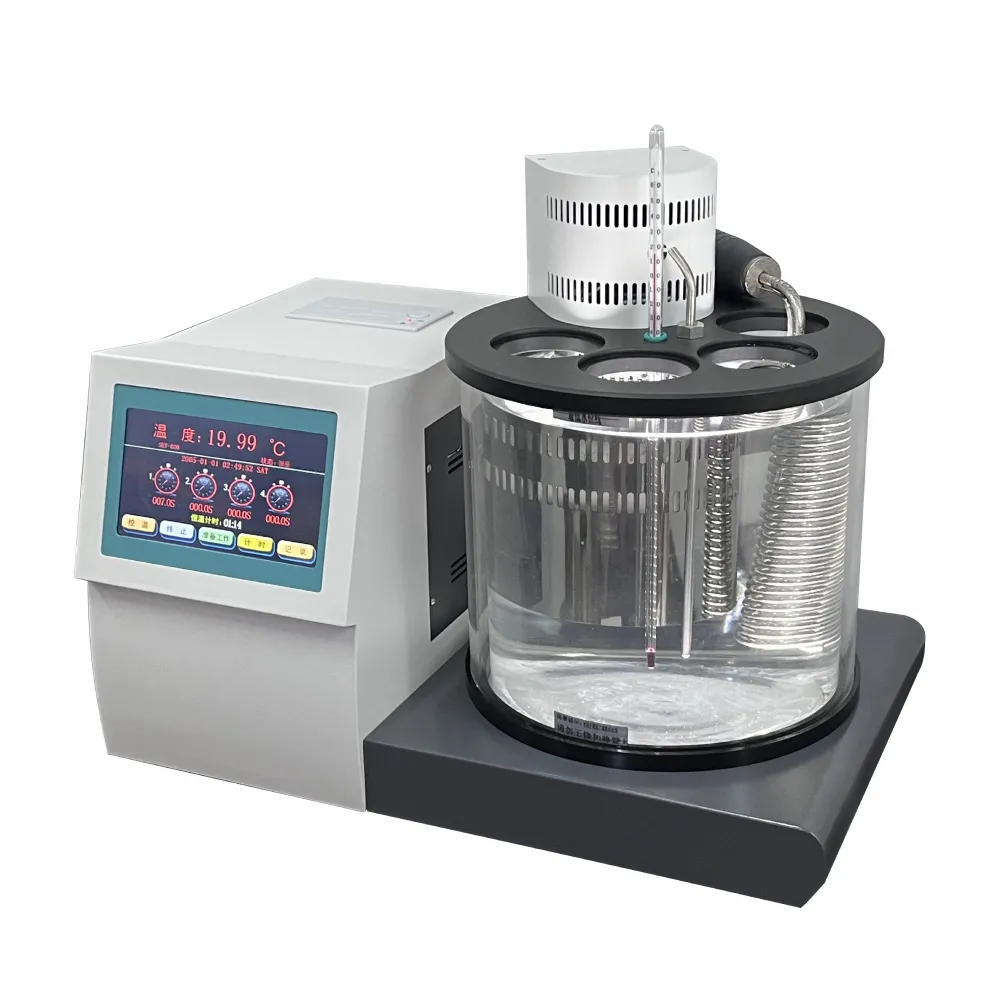 English
English



-
 Afrikaans
Afrikaans -
 Albanian
Albanian -
 Amharic
Amharic -
 Arabic
Arabic -
 Armenian
Armenian -
 Azerbaijani
Azerbaijani -
 Basque
Basque -
 Belarusian
Belarusian -
 Bengali
Bengali -
 Bosnian
Bosnian -
 Bulgarian
Bulgarian -
 Catalan
Catalan -
 Cebuano
Cebuano -
 China
China -
 China (Taiwan)
China (Taiwan) -
 Corsican
Corsican -
 Croatian
Croatian -
 Czech
Czech -
 Danish
Danish -
 Dutch
Dutch -
 English
English -
 Esperanto
Esperanto -
 Estonian
Estonian -
 Finnish
Finnish -
 French
French -
 Frisian
Frisian -
 Galician
Galician -
 Georgian
Georgian -
 German
German -
 Greek
Greek -
 Gujarati
Gujarati -
 Haitian Creole
Haitian Creole -
 hausa
hausa -
 hawaiian
hawaiian -
 Hebrew
Hebrew -
 Hindi
Hindi -
 Miao
Miao -
 Hungarian
Hungarian -
 Icelandic
Icelandic -
 igbo
igbo -
 Indonesian
Indonesian -
 irish
irish -
 Italian
Italian -
 Japanese
Japanese -
 Javanese
Javanese -
 Kannada
Kannada -
 kazakh
kazakh -
 Khmer
Khmer -
 Rwandese
Rwandese -
 Korean
Korean -
 Kurdish
Kurdish -
 Kyrgyz
Kyrgyz -
 Lao
Lao -
 Latin
Latin -
 Latvian
Latvian -
 Lithuanian
Lithuanian -
 Luxembourgish
Luxembourgish -
 Macedonian
Macedonian -
 Malgashi
Malgashi -
 Malay
Malay -
 Malayalam
Malayalam -
 Maltese
Maltese -
 Maori
Maori -
 Marathi
Marathi -
 Mongolian
Mongolian -
 Myanmar
Myanmar -
 Nepali
Nepali -
 Norwegian
Norwegian -
 Norwegian
Norwegian -
 Occitan
Occitan -
 Pashto
Pashto -
 Persian
Persian -
 Polish
Polish -
 Portuguese
Portuguese -
 Punjabi
Punjabi -
 Romanian
Romanian -
 Russian
Russian -
 Samoan
Samoan -
 Scottish Gaelic
Scottish Gaelic -
 Serbian
Serbian -
 Sesotho
Sesotho -
 Shona
Shona -
 Sindhi
Sindhi -
 Sinhala
Sinhala -
 Slovak
Slovak -
 Slovenian
Slovenian -
 Somali
Somali -
 Spanish
Spanish -
 Sundanese
Sundanese -
 Swahili
Swahili -
 Swedish
Swedish -
 Tagalog
Tagalog -
 Tajik
Tajik -
 Tamil
Tamil -
 Tatar
Tatar -
 Telugu
Telugu -
 Thai
Thai -
 Turkish
Turkish -
 Turkmen
Turkmen -
 Ukrainian
Ukrainian -
 Urdu
Urdu -
 Uighur
Uighur -
 Uzbek
Uzbek -
 Vietnamese
Vietnamese -
 Welsh
Welsh -
 Bantu
Bantu -
 Yiddish
Yiddish -
 Yoruba
Yoruba -
 Zulu
Zulu
hplc gc
The Importance of HPLC and GC in Analytical Chemistry
In the field of analytical chemistry, the accurate and reliable analysis of chemical compounds is paramount. High-Performance Liquid Chromatography (HPLC) and Gas Chromatography (GC) are two widely used methodologies for separating, identifying, and quantifying substances present in a mixture. Both techniques have found applications across various industries, including pharmaceuticals, environmental testing, food and beverage, and petrochemicals. Understanding the principles and applications of HPLC and GC is essential for researchers and professionals in these fields.
High-Performance Liquid Chromatography (HPLC)
HPLC is a powerful analytical technique that separates compounds dissolved in a liquid. It employs a high-pressure pump to draw the sample through a column filled with stationary phase material. As the sample traverses the column, different compounds interact selectively with the stationary phase based on their chemical properties, such as polarity, size, and charge. This differential interaction leads to the separation of components in the mixture.
There are various types of HPLC techniques, including reverse-phase, normal-phase, ion-exchange, and size-exclusion chromatography. Reverse-phase HPLC is the most commonly used method, where the stationary phase is non-polar and the mobile phase is polar. This technique is particularly effective for separating compounds like proteins, peptides, and pharmaceuticals.
One of the main advantages of HPLC is its versatility. It can be used to analyze a wide range of compounds, from small molecules to large biomolecules. Additionally, HPLC can provide both qualitative and quantitative results, making it an invaluable tool for researchers. The method is known for its high sensitivity and resolution, allowing for the detection of low concentrations of analytes.
Gas Chromatography (GC)
On the other hand, Gas Chromatography (GC) is primarily used for the analysis of volatile compounds that can be vaporized without decomposition. In GC, the sample is injected into a heated port where it vaporizes. The vaporized sample then travels through a column filled with stationary phase material, where separation occurs based on the compounds' affinity for the stationary phase and their volatility.
hplc gc

GC is divided into different types, such as normal-phase and reverse-phase chromatography, with the choice depending on the characteristics of the analytes. It is particularly effective for analyzing organic compounds, essential oils, and environmental pollutants.
One of the primary advantages of GC is its speed and efficiency. The analysis time is typically shorter than that of HPLC, with many separations completed within minutes. Furthermore, GC often provides high resolution and sensitivity, which is critical for trace analysis in complex matrices.
Applications in Industry
Both HPLC and GC have significant applications in various industries. In the pharmaceutical sector, they are crucial for drug formulation and quality control, ensuring that products meet regulatory standards. In environmental analysis, they are used to monitor pollutants and hazardous substances in air, water, and soil, playing a key role in safeguarding public health.
In food and beverage testing, HPLC and GC help in detecting additives, contaminants, and flavor components, ensuring product safety and compliance with labeling regulations. In the petrochemical industry, these techniques are essential for analyzing hydrocarbons, providing insights into fuel composition and quality.
Conclusion
In conclusion, HPLC and GC are integral to modern analytical chemistry. Their ability to separate, identify, and quantify compounds in complex mixtures makes them indispensable tools in various sectors. As technology advances, the development of more sophisticated detection methods and column materials continues to enhance the capabilities of HPLC and GC, paving the way for new applications and improved analytical performance. For researchers and professionals, mastering these techniques is essential for driving innovation and ensuring quality across multiple industries.
-
Testing Equipment Industry Sees Major Advancements in 2025: Smart & Precision Technologies Lead the WayNewsJun.06,2025
-
Applications of Direct Current Generators in Renewable Energy SystemsNewsJun.05,2025
-
Hipot Tester Calibration and Accuracy GuidelinesNewsJun.05,2025
-
Digital Circuit Breaker Analyzer Features and BenefitsNewsJun.05,2025
-
Benefits of Real-Time Power Quality Monitoring Devices for Industrial EfficiencyNewsJun.05,2025
-
Earth Fault Loop Testing in High-Rise Building Electrical SystemsNewsJun.05,2025



